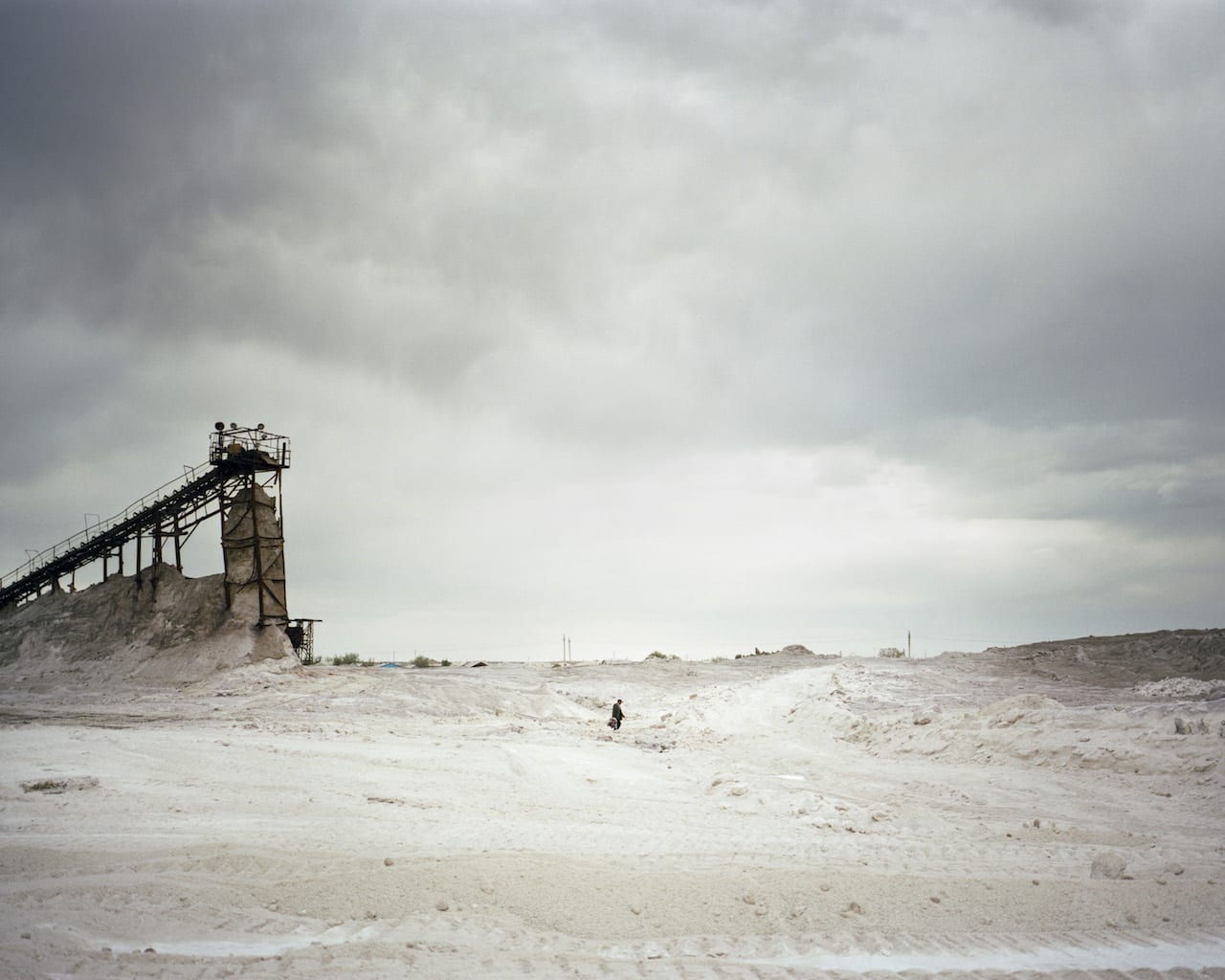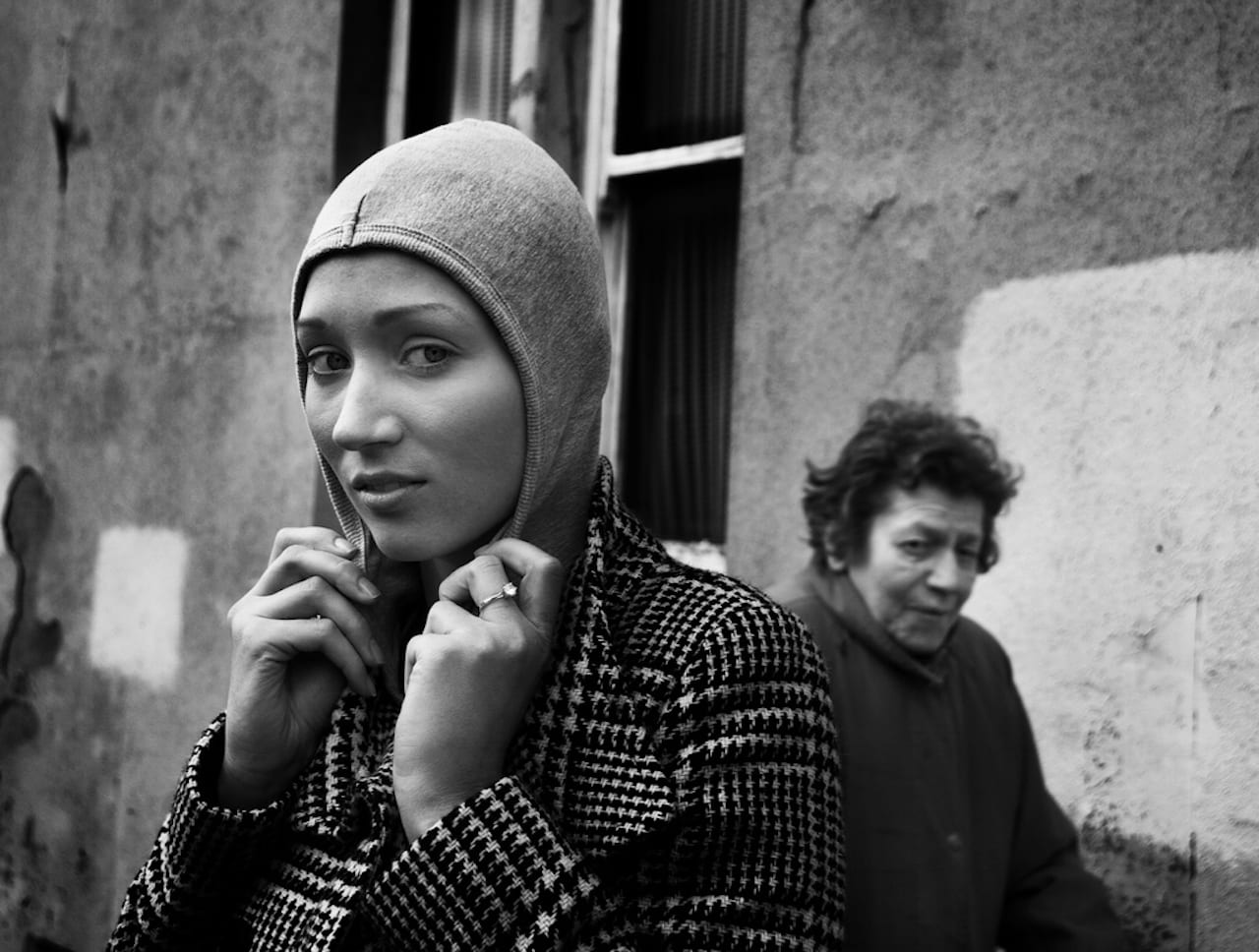“She hangs around with us after school even though we make it clear she bores us. We whisper nonsense and pretend to laugh at jokes so she laughs too, and we ask, ‘What’s so funny?’ to watch her squirm. She knows we are mean, and yet still she follows along behind. ‘Like a dog,’ we say, loud enough for her to hear.”
On athousandwordphotos.com this is the start of the text accompanying an image of Russian army cadets by Anastasia Taylor-Lind – but it’s not a direct quote from one of the young women depicted. Instead it’s a work of fiction by author Claire Fuller, inspired by the image but written without any knowledge of the circumstances in which it was shot.
It’s the same with the story that accompanies Karim Ben Khalifa’s photograph of a sofa, which was taken in war-torn Kosovo in 1999. In real life, the sofa had been looted and therefore set on fire by French peace-keepers to discourage further looting. But in author Dan Dalton’s hands, it’s set on fire by a 17 year old, who had spent happy hours with a slightly wayward group of friends hanging out on the abandoned couch. Meanwhile a photograph taken by Dungeness nuclear power station by Phil Fisk, inspired Lydia Ruffles to write a short story about a worker called Tomo who’s afraid of the sea.
Pairing documentary photography with fictional writing isn’t new – in fact it’s become quite a trend, with image-makers such as David Goldblatt, Vasantha Yogananthan, Max Pinckers, and Dayanita Singh – among many more – all playing with the combination in recent years. But the examples above come from quite a different project, set up to support Interact Stroke Support – a London-based charity that organises sessions in which actors read to recovering stroke patients.
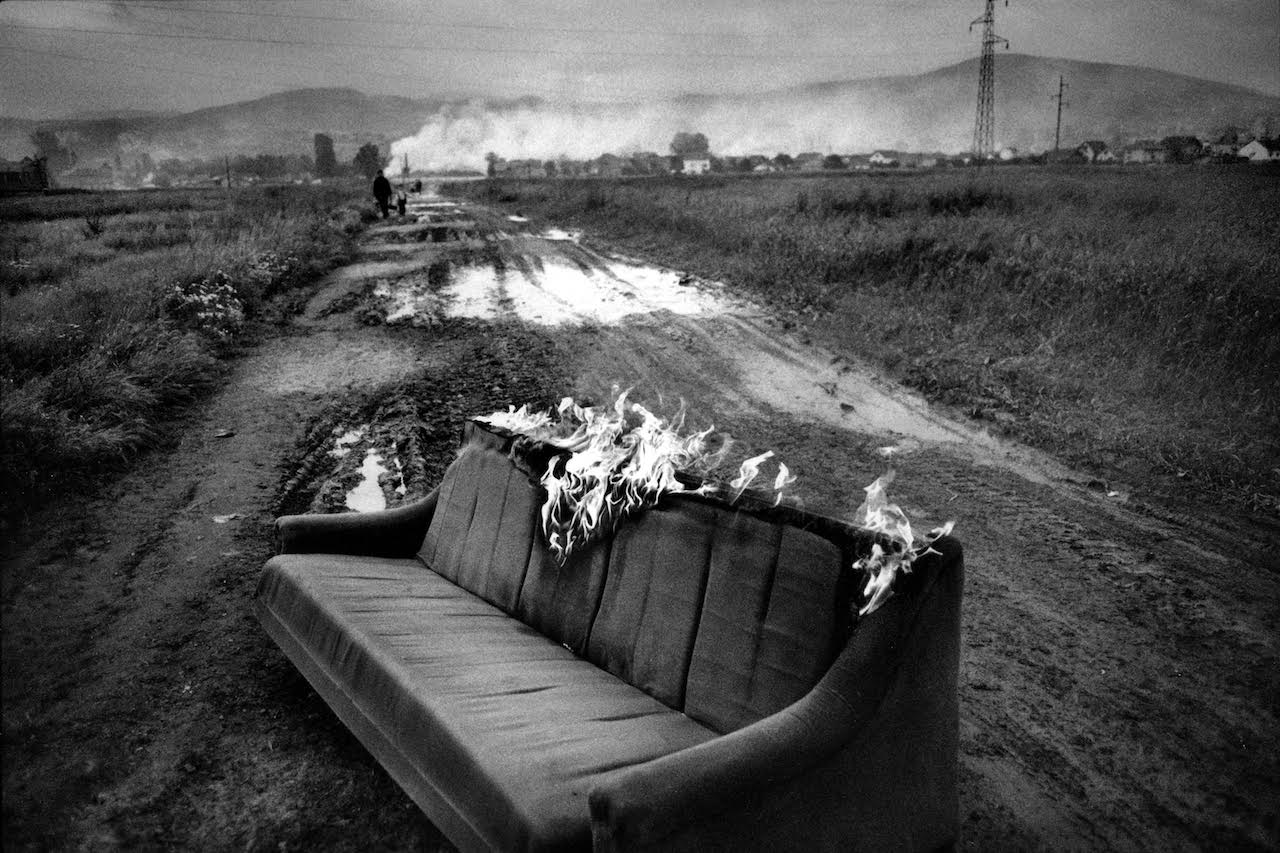
“There is a wealth of evidence that, following a brain injury, reading and conversational interaction stimulates the brain which can significantly improve the recovery process,” explains Ben Lambert, founder of A Thousand Word Photos and one of the actors involved with Interact. “Also a lot of the patients are bored and often in very low emotional states, so a visit can be a welcome break from the loneliness and, simply, some one to one human contact can really help cheer people up.”
A couple of years ago, a friend asked Lambert if he would write a story based on some old photographs; having completed his text, Lambert was inspired to take it plus the photographs on his next hospital trip. “It went down well, and I realised that this could be a useful tool to engage with patients,” he says. “So I asked some writer friends to do the same but, given that every photo is said to speak a thousand words, I added the rule that the length of the story should be limited to a thousand words.
“I found the sharing of a photo was useful to open the conversation,” he adds. “It gives a jumping-off point for the listeners’ imagination – as it does the authors’ – and the brevity of the story helps keeps the listener engaged when they’re often very tired and in busy, distracting hospital wards.”
Lambert worked on the project on an informal basis for a year or so, creating a website as an online archive of stories and pictures. But, after working with picture editor and multimedia producer Alexia Singh on a podcast for Save the Children, he asked if she’d come on board. Drawing on her 20-year experience of working with photographers, she was able to draw in well-established image-makers such as Chloe Dewe Mathews, Laura Pannack, Anastasia Taylor-Lind, and Karim Ben Khalifa.
“I’ve tried to bring on board a range of photographers with different styles and backgrounds – from war photographers to portraitists,” says Singh. “So far we’ve had a lot of documentary photographers whose images often have a strong narrative style. However I’d love to see how our writers respond to more abstract, non-figurative images.”
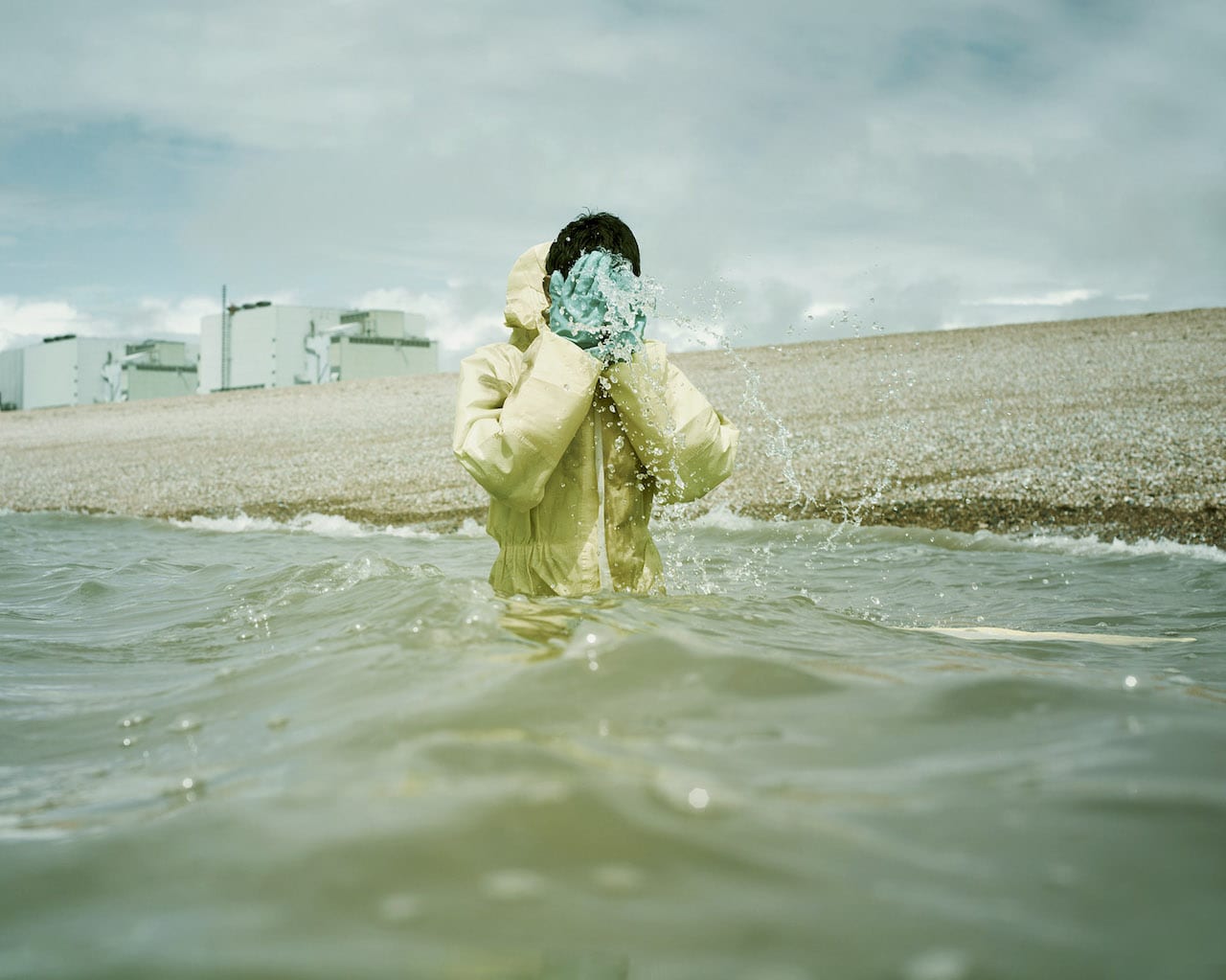
Each photographer is asked to provide three images from his or her archive, with no parameters other than that they should represent a broad selection; these images are then sent to a writer, who is given free reign to pick out one to work with. The impressive list of authors has come via friends, friends-of-friends, and novelist Richard Skinner, director of the fiction programmes at Faber, and range from published novelists such as Claire Fuller and Dan Dalton to science writer Gaia Vince, the first-ever winner of the Royal Society Winton prize for Science Books.
“So far nothing seems to faze the writers, who have responded to images showing everything from a picture of a bucket in a room, to a picture of the Berlin metro map,” says Singh. “A few authors have responded in a more documentary/essayist style that sticks closely to the content of the story but probably only two or three of them. The rest have gone off in wildly unexpected directions. We’ve had stories about aliens, dystopian futures, and time travel.”
“I thought the authors might shy away from some of the images we offered them – particularly the ones that were firmly rooted in a certain place, women in burquas or soldiers in Iraq for example,” she adds. “But this has absolutely not been the case. There is a freedom that comes with applying fiction to documentary I could never had predicted.”
The website now features 31 photographs and stories with many more lined up to be published over the next months, and Singh and Lambert are staging a live event at London’s respected TJ Boulting gallery, in which actors will read out six short stories, then some of the writers and photographers involved will talk about the project. It’s an intimate affair that quickly sold out, but Singh and Lambert hope that in future, they may be able to do bigger versions – events that might also help raise money, because, so far, A Thousand Word Photos is “completely a passion project,” as Singh puts it.
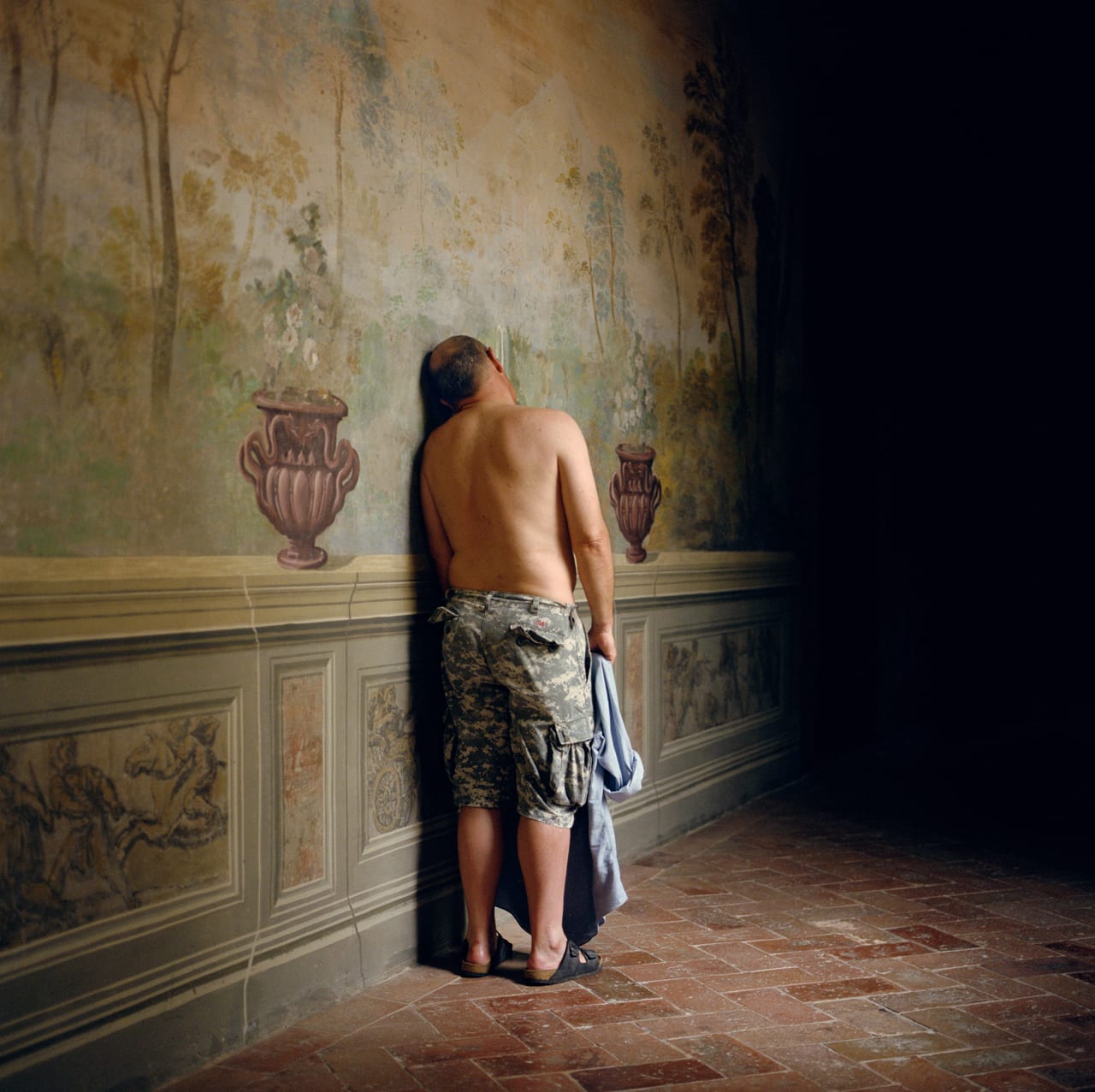
She can see how it might work at a photo festival, or as a book, and would love to be able to turn the project into an open resource for other organisations working with brain injuries or literacy to use; either way, she and Lambert both say they’d like to keep going – with Lambert saying that getting to “1000 stories has a nice ring about it”. To that end, they’re also looking for more photographers willing to contribute work – well-established image-makers, who don’t mind donating their work for free. It’s a chance to do some good, they point out, but also an opportunity to see the images in a new and often surprising light.
“I think there’s a kind of magic that happens when a photo is taken completely out of context and put into the hands of a skilful writer,” says Singh. “It breathes new life into the image – reimagines it in a wholly unexpected, wonderful way. As a photo editor, I’ve worked on photo books, gallery exhibitions, and multimedia presentations across a range of digital platforms, and in each space an image can take on a new significance and meaning. However I’ve never seen the transformation of an image in quite this way.
“I am a huge fan of using fiction to enhance the storytelling possibilities of a documentary subject,” she adds. “In film and television it’s used a lot, both in fact-based fiction or through inserting dramatic scenes into documentary films. The podcast that Ben and I collaborated on for Save the Children, Anywhere but Home, was an audio drama based on true stories of children undertaking incredible journeys fleeing conflict, through which I was able to tell much richer, deeper, more human stories. This project is different in that we are not in any way trying to anchor the writing to the documentary reality of the image. Instead the image is completely transformed through the imagination of the writer.”
Follow A Thousand Word Photos on Instagram at @a1000wordphotos www.athousandwordphotos.com www.interactstrokesupport.org
